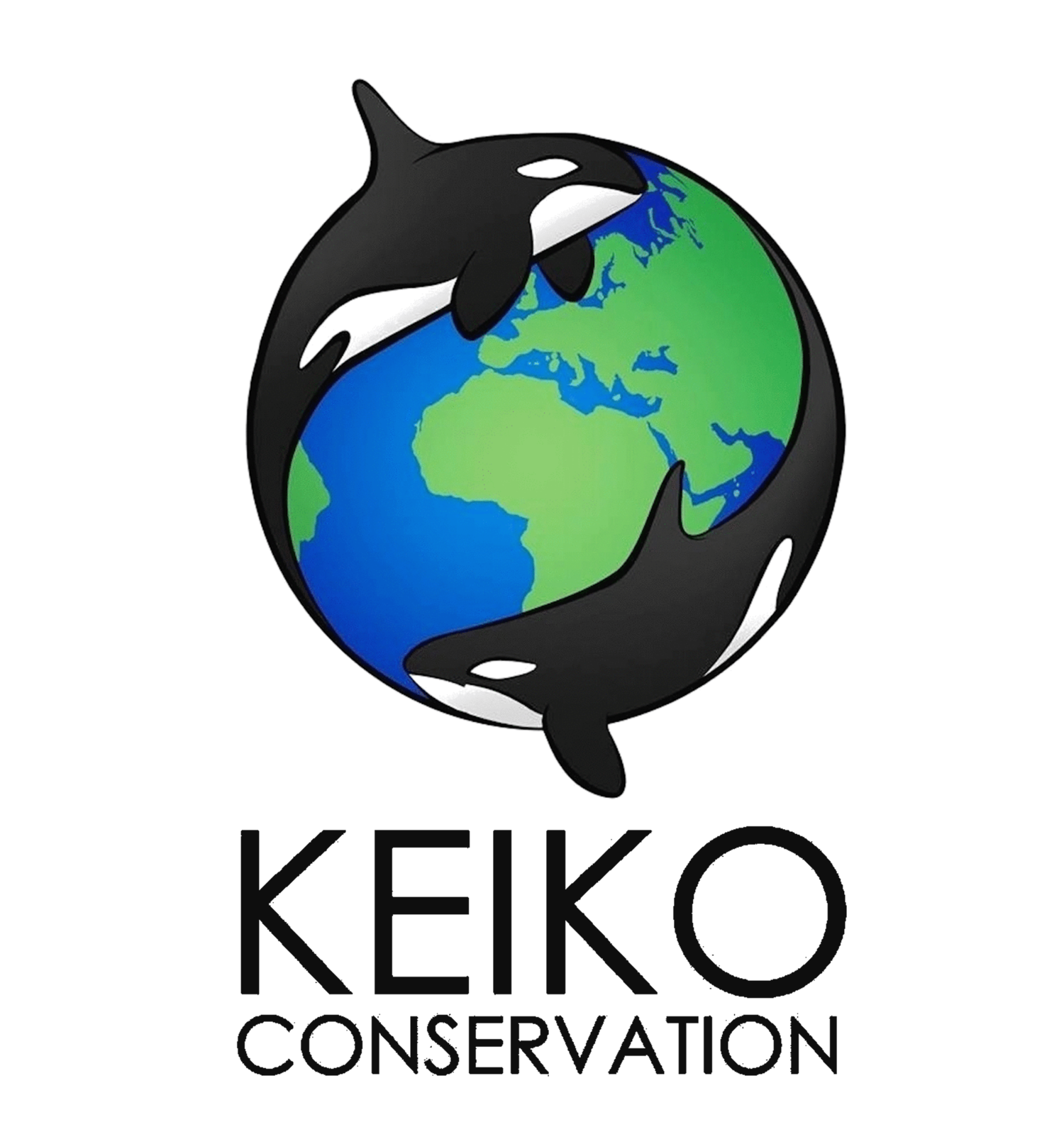Surrounded By Plastic And Critically Endangered Species: Matthew Chauvin- 5 Months On Laysan Island
Hello Everyone! This is Matthew Chauvin taking over the #KeikoConservation Instagram for the day! I’m here to talk about plastic pollution and to demonstrate through a serious of photographs how it is affecting Hawaii’s precious wildlife. This past summer, I spent nearly 5 months on Laysan Island in the Papahanaumokuakea National Marine Monument collecting population data on Hawaii’s critically endangered Monk Seal. In my free time, I was able to get a lot of reading done and one of the first books I read out there was Plastic Ocean by Charles Moore. That book made a huge impact on me, as I was able to see the extent of the problem in the remote Northwestern Hawaiian Islands first-hand. I decided to focus my photography on capturing wildlife interacting with the plastic debris, and unfortunately, it was far too easy as there were many opportunities to do so on a daily basis. In this photograph, you can see three of the most common sights on Laysan Island: Hawaiian Monk Seals, Laysan Albatross, and plastic debris.
Photos taken under NOAA/NMFS permit no. 16632 with a 400mm lens on Laysan island.
Photo: Matthew Chauvin
Photo: Matthew Chauvin
This photo should resonant well within the community of Hawaii. While on survey, I came across this weaned monk seal pup playfully interacting with this Menehune water bottle that had washed ashore on Laysan Island, nearly 800 miles away from the populated Main Hawaiian Islands. Monk seals are inquisitive by nature and can be seen playing with items ranging from sticks, to coral rubble, to sea cucumbers, but in this day in age, a lot of the items they play and interact with are made of plastic.
Photo: Matthew Chauvin
Hawaiian Monk Seals are critically endangered and one of the main threats to their survival is entanglement in plastic ghost nets. Ghost nets are purposely discarded, lost or abandoned fishing nets that continue fishing and killing long after the fishermen are gone because the synthetic plastic materials they are made of (Nylon, Polyester, Polypropylene, Polyethylene) do not break down in the marine environment and can drift around the ocean basins for decades (perhaps even longer). In this photograph, a Hawaiian monk seal mother calls to its pup on the other side of a massive ghost net. Note that the net is also around the mother’s neck. Fortunately, the mother was able to disentangle herself and the team at Laysan Island was able to remove the net from the water’s edge and no other seals were affected by it!
Photo: Matthew Chauvin
Plastic bottles, fishing buoys, old slippers, hard hats, lighters, bottle caps, fishing nets…just a sample of what is found on every beach in the Northwestern Hawaiian Islands. With nearly 300 million tons of plastic produced each year, it’s no wonder how scenes like these can exist. Small plastic items like the bottle caps and lighters can be fatal to nesting albatross chicks as they float on the surface where the adults forage and are passed along to the chicks where they ultimately die of starvation if enough plastic builds up in their stomachs.
Photo: Matthew Chauvin
This photo of Shane Gracy was taken on O’ahu’s famous North Shore. This is one point of the Keiko Conservation takeover I really want to drive home; that plastic pollution is not some obscure problem happening on remote islands like Laysan where it is out of sight and out of mind to the mast majority of people. It is very real and can be witnessed even on O’ahu where we have grassroots community movements like Sustainable Coastlines Hawai’i, 808 Cleanups, Keiko Conservation and Surfrider Oahu and normal everyday people constantly cleaning and removing debris from Hawaii’s beautiful beaches. Plastic pollution has become such a problem that these groups cannot keep up with the amount washing ashore on beaches all over the state and world and need your help! By getting involved and volunteering at beach cleanups is a great way to start, as you are not only helping remove plastic debris from our beaches, it more importantly builds a sense of community (needed now more than ever after this election). But the biggest help you could provide these organizations is by REFUSING plastic items. What you can’t refuse, REDUCE. What you can’t reduce, REUSE. What you can’t reuse, RECYCLE. Thank you to everyone that took the time to look through these images and read the captions; I hope they can inspire even just a handful of people to make a positive change in this world.
You can follow Matt and his journey at @mattgeophotography!





